Part 6: Grains – The rich, nutty aroma of tea
_____________________________
▫️ Among the countless layers of aroma of tea, there is a very familiar, warm and pleasant smell – that is the smell of grains: the nutty, fatty smell, like green beans, almonds, sometimes like sesame or roasted sesame. This is the aroma that forms when the tea is exposed to heat, and the reaction inside the tea leaves begins to “ripen”.
▫️ De-yeasting – when the tea begins to develop a nutty aroma
During processing, the tea will go through the de-yeasting step (hot stir-frying). At this time, under the influence of heat, the compounds inside the tea leaves such as amino acids, proteins and natural sugars begin to react with each other – creating a nutty and slightly nutty aroma. Similar to roasting green beans or toasting sesame seeds, the Maillard reaction begins to occur at the right temperature – making the tea change from a “green” smell to a naturally rich aroma. In some tea lines that are dried more carefully, the grainy aroma is even more pronounced. There are even tea lines with aftertaste like young bean porridge, roasted green beans.
▫️ Spring tea season – where nutrients create natural grainy aroma
Of the 4 seasons, spring tea is the most beautiful season – when the tea tree finishes hibernation and begins to sprout new buds. At this time, the leaves contain a lot of nutrients accumulated during the cold season, especially amino acids, L-theanine and natural enzymes. Therefore, spring tea often has a deep sweet aftertaste and a light young grainy aroma – like young beans that have just been steamed, or the nutty taste of young rice. At Tri Viet, the Oolong Xuan line is a typical representative of this aroma. When brewed properly, you will feel a soft, sweet but nutty aroma like young white beans, melting lightly on the tip of the tongue and leaving a pleasant, relaxing feeling after drinking.
▫️ Post-processing – correct refining to preserve the “richness”
In the final refining stage, if the tea maker dries too harshly or mixes in old leaves, this aroma will disappear, or be overwhelmed by the dry, harsh smell. On the contrary, if the temperature is maintained properly and the selection is careful, the grain aroma will be clear, soft and natural as if “brewed” from within the tea leaves.
▫️ A cup of tea with a grain aroma – not just a smell – but the crystallization of the soil, the spring air and the delicate hands of the tea maker. If you have ever drank tea and suddenly thought: “How similar to the smell of young, rich beans” – then congratulations, you have just touched one of the most beautiful souls of tea.


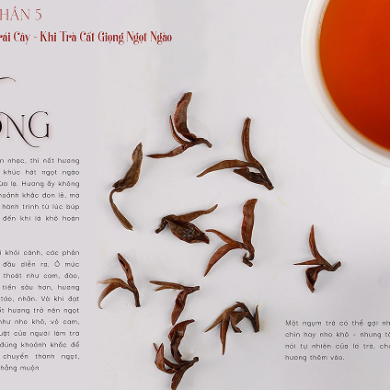
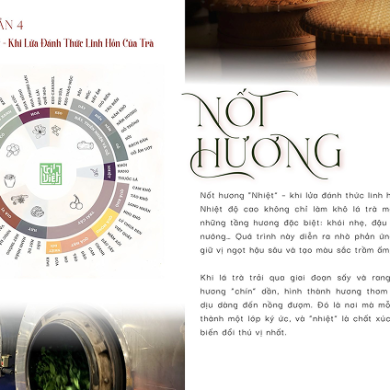
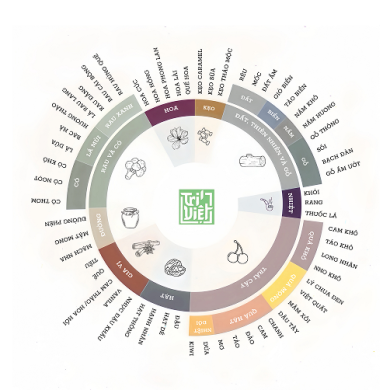
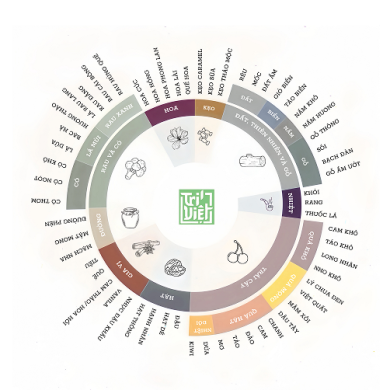
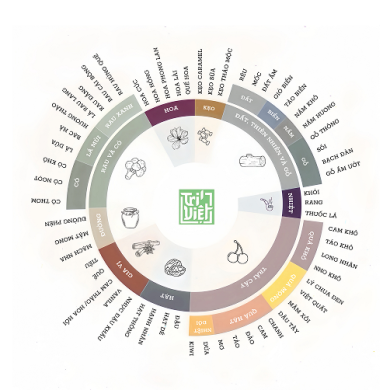



Add comment